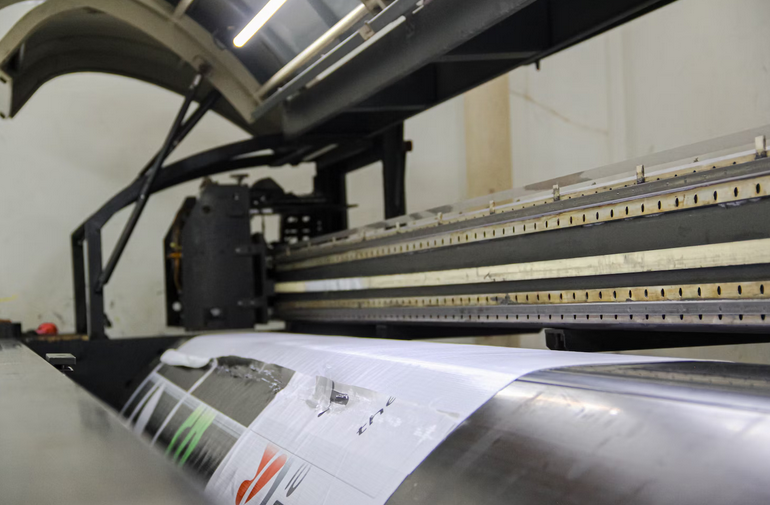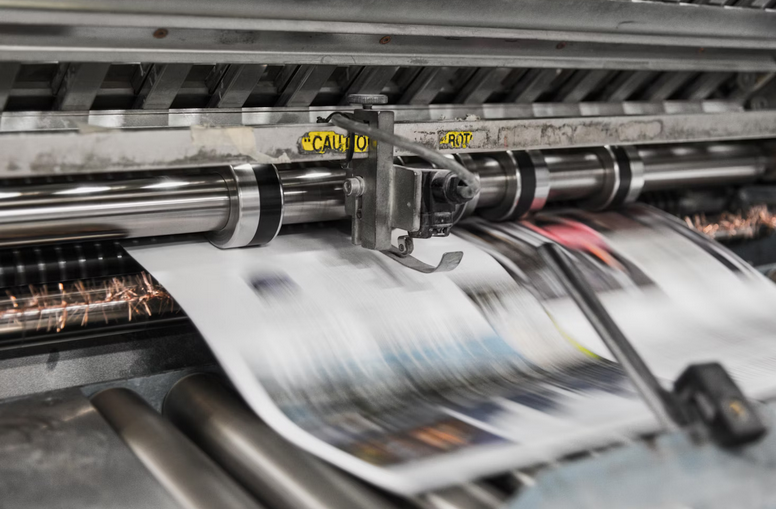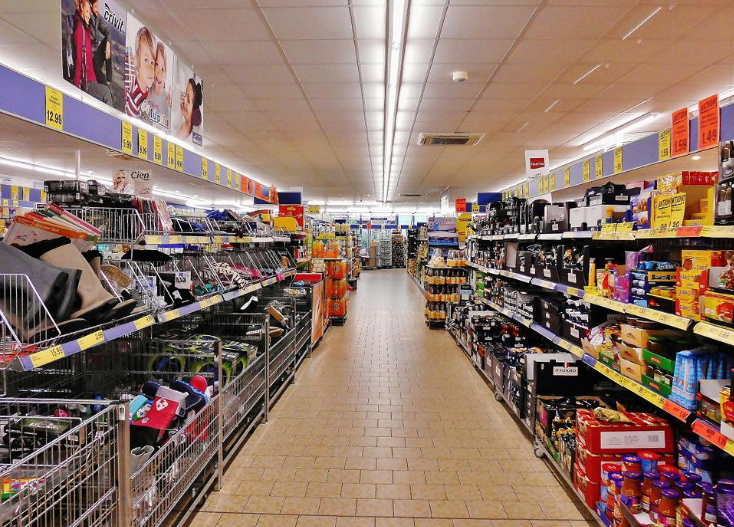In digital printing, there are various advanced techniques that have revolutionized the industry, making it possible to print high-quality, full-color designs on various surfaces. One such technique is Direct-to-Film (DTF) printing. This process basically involves printing a design onto a special film, which then gets transferred onto a garment or other surface using a heat press.
If you’re going to launch a t-shirt business or are looking to expand your printing capabilities, understanding the key process of DTF printing is, without a doubt, a must. So, keep reading. In this article, we’ll take a closer look at the steps involved in DTF printing and why it’s considered a game-changing technique in the world of advanced printing.
Film Printing

The film here acts as a carrier for the ink and adhesive layers that will later be transferred onto the substrate. To achieve optimum results, make sure to use top-notch printers and quality films that can accurately reproduce intricate details and vibrant colors. Order DTF Printing Online here to get quality results as mentioned. The resolution and color accuracy of the print are essential in ensuring an outstanding final product. Once your design is printed onto the film, it’s time to move on to the next stage: adhesive layer application.
Adhesive Layer Application
This is where things really start to come together. The adhesive layer plays a vital role in ensuring a successful transfer of the design from film to substrate. It basically acts as a bonding agent, resulting in a strong …



 The grid floor plan is the most basic and simplest type of floor plan. It is created by arranging your store’s fixtures, furniture, and displays in a straight line or grid. This type of floor plan is easy to set up and is best suited for small retail stores. The main benefit of using a grid floor plan is that it allows customers to find what they are looking for easily. Customers can quickly scan the store and see all of the available products. This floor plan is also great for stores that carry a limited number of product categories. However, the main disadvantage of using a grid floor plan is that it can appear dull or sterile,
The grid floor plan is the most basic and simplest type of floor plan. It is created by arranging your store’s fixtures, furniture, and displays in a straight line or grid. This type of floor plan is easy to set up and is best suited for small retail stores. The main benefit of using a grid floor plan is that it allows customers to find what they are looking for easily. Customers can quickly scan the store and see all of the available products. This floor plan is also great for stores that carry a limited number of product categories. However, the main disadvantage of using a grid floor plan is that it can appear dull or sterile,
 The answer to this question is usually yes. Even if your employer has insurance and you are receiving benefits, you will likely need an attorney to help you navigate the workers’ compensation system. The laws surrounding workers’ compensation are complex, and it can be challenging to get the full amount of benefits you deserve without legal assistance. An experienced workers’ compensation attorney can help you in several ways.
The answer to this question is usually yes. Even if your employer has insurance and you are receiving benefits, you will likely need an attorney to help you navigate the workers’ compensation system. The laws surrounding workers’ compensation are complex, and it can be challenging to get the full amount of benefits you deserve without legal assistance. An experienced workers’ compensation attorney can help you in several ways.